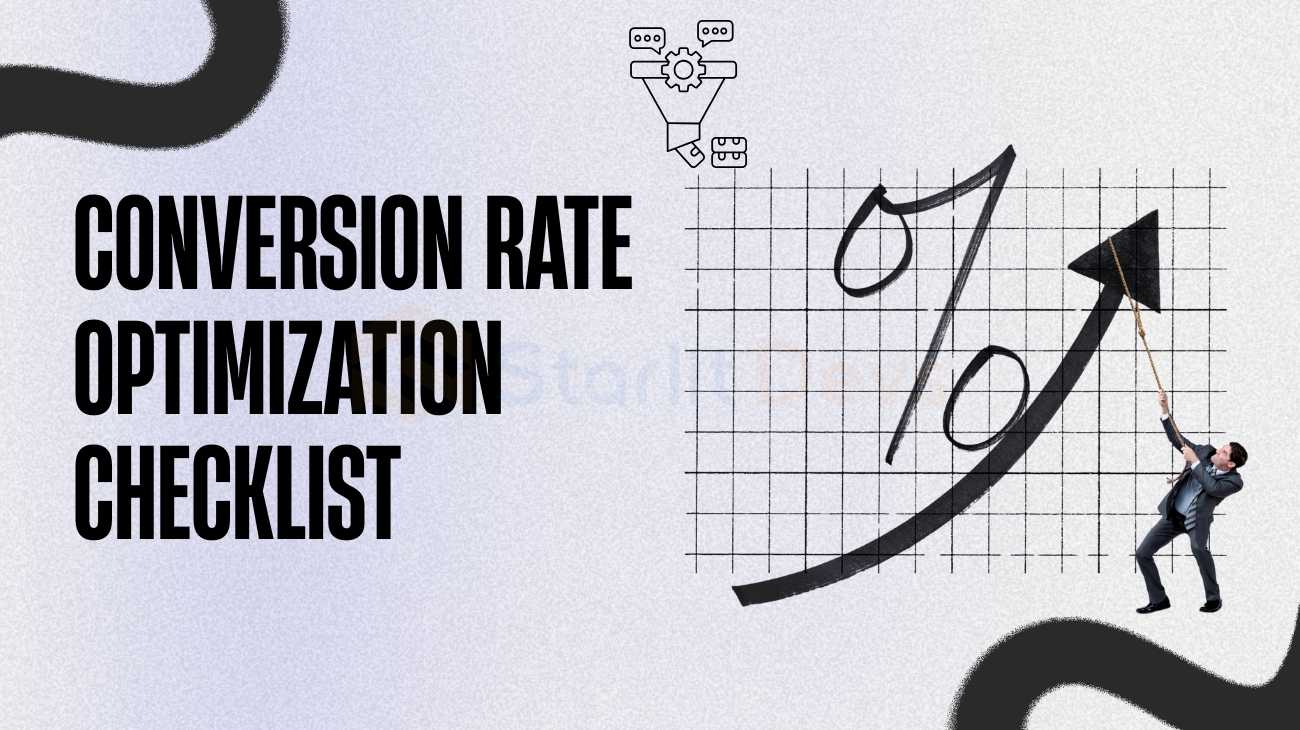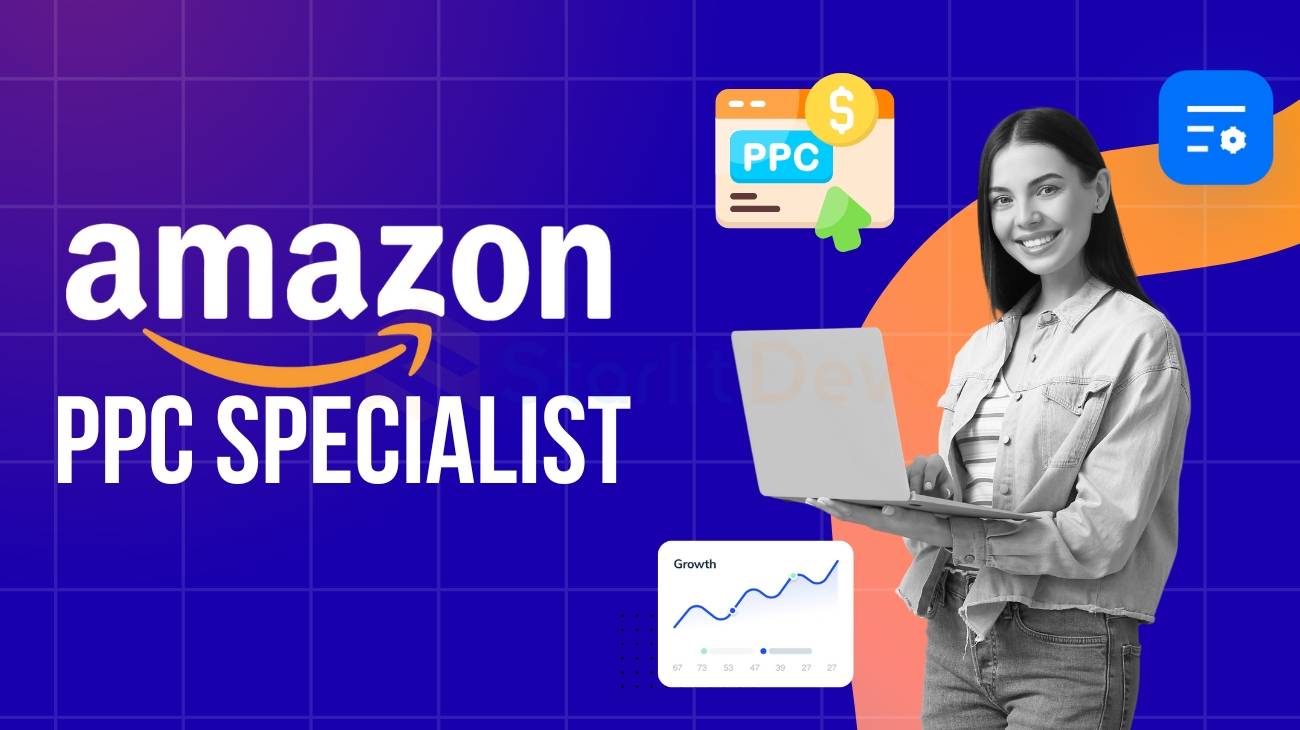Having a B2B eCommerce website Development strategy is essential for businesses looking to streamline their sales process and reach a wider audience through their website. To be a competitive stakeholder in the market, having a robust, user-friendly, and secure platform is key to driving success in B2B transactions. This guide will walk you through the steps to B2B eCommerce website Development essentials and processes that meet your business needs and provide an exceptional customer experience.

Why User Experience Matters in B2B eCommerce
User experience (UX) plays a crucial role in the success of a B2B eCommerce website. In a market where competition is fierce, creating a seamless, intuitive experience is the key to converting visitors into loyal customers. From fast load times to an easy-to-navigate interface, every element contributes to the overall customer journey. A website that offers a positive UX not only increases customer satisfaction but also boosts conversions and drives long-term success.
Well-Designed UI/UX
A clean, professional design is the first thing users notice when visiting your site. A well-designed UI/UX ensures that navigation is intuitive, content is easy to access, and the website feels polished. Elements such as clear call-to-action buttons, organized product categories, and easy-to-read fonts contribute to a smooth user experience, reducing frustration and making it easier for users to find what they need.
Speed-Focused Design
In the B2B space, time is money. A slow-loading website can lead to higher bounce rates, missed opportunities, and a negative impression of your brand. Optimizing your site’s speed ensures that users have quick access to the content they need, reducing wait times and increasing satisfaction. A fast website improves overall UX and helps maintain a competitive edge in b2b eCommerce Website Development.
Mobile Experience
With the increasing use of mobile devices for business transactions, ensuring your website is mobile-responsive is essential. A mobile-friendly design allows users to browse and purchase on-the-go, without compromising the quality of the experience. A responsive website adapts to different screen sizes, making it easier for users to navigate your site whether they’re on a desktop, tablet, or smartphone.
Easy Product Search
In B2B eCommerce website development, businesses need to find products quickly and efficiently. An intuitive search function with filters and categories makes this process much easier, allowing users to find specific products or solutions without wasting time. The easier it is for users to find what they’re looking for, the more likely they are to complete a purchase.
Seamless Checkout
A seamless checkout process is one of the most critical elements of the user experience. Complicated forms, unexpected fees, and confusing steps can lead to cart abandonment. Streamlining the checkout process by offering clear steps, multiple payment options, and easy-to-use forms can significantly increase conversion rates and enhance the overall user experience.

B2B eCommerce Website Development Steps
Building a successful B2B eCommerce website requires careful planning and execution across several key steps. These steps ensure that the website not only meets the needs of your business but also delivers a seamless experience to your customers. Here’s a breakdown of the essential steps involved in developing a B2B eCommerce website. At StarlitDevs, we develop B2B eCommerce websites tailored to meet your business’s unique needs. From selecting the right platform to designing a seamless user experience, our team ensures that every step aligns with your objectives.
Define Your Business Goals and Objectives
The first step in developing a B2B eCommerce website is to clearly define your business goals. What do you want to achieve with your website? Are you looking to increase sales, improve lead generation, or streamline the purchasing process for your clients? Having clear goals will help guide the development process and ensure that every decision, from design to functionality, aligns with your business objectives.
Conduct Market Research and Audience Analysis
Understanding your target audience is critical for building a website that resonates with your customers. Conduct market research to identify the needs, behaviors, and preferences of your B2B buyers. This includes understanding their decision-making process, purchasing patterns, and pain points. Knowing your audience will allow you to create a tailored experience, ensuring that your website appeals to their specific requirements.
Choose the Right eCommerce Platform for Your Needs
Selecting the right eCommerce platform is one of the most important decisions you’ll make. The platform should support your specific business needs, including functionality, scalability, and integrations. Consider factors such as product management, inventory tracking, and payment processing options. Popular platforms for B2B eCommerce website development include Magento, WooCommerce, and BigCommerce, each offering unique features tailored to B2B businesses.
Plan the Website’s Structure and Features
Once the platform is chosen, it’s time to plan the website’s structure. This involves mapping out how products will be categorized, what features are needed (such as advanced search filters, bulk ordering, or customer portals), and how the user journey will flow. Focus on making the navigation intuitive and ensuring that key information is easily accessible. A well-planned structure helps reduce friction and enhances the user experience.
Develop the Website with Security and Performance in Mind
Security and performance are non-negotiable in B2B eCommerce website development. Your platform should be secure, using SSL certificates and encryption to protect customer data. Speed is equally important—ensure your website loads quickly to avoid high bounce rates and provide a smooth experience for your users. Regular performance monitoring and updates will help maintain security and keep the site running efficiently.
Test the Site Thoroughly Before Launch
Before launching the website, thorough testing is essential. Test all features, from product search and filtering to the checkout process. Ensure that forms, payment gateways, and integrations with third-party systems (such as CRM and ERP software) are functioning as expected. User acceptance testing (UAT) allows you to identify and fix any issues before the site goes live, ensuring a smooth launch.
Optimize and Launch
The final step is optimization. Optimize your site for search engines (SEO) by ensuring it is structured correctly, with optimized titles, descriptions, and content. Once everything is set, launch your website and monitor its performance closely. After the launch, continue optimizing the site based on user feedback and performance analytics to improve the user experience and drive more conversions.

Biggest Challenges in B2B eCommerce Website Development
Building a successful B2B eCommerce website comes with its own set of challenges. From maintaining security and performance to integrating existing systems, each challenge can impact the success of your site. Let’s explore the biggest hurdles businesses face during the development process and how to address them.
Security and Performance Maintenance
Security is a top priority for any eCommerce website, especially in the B2B space, where large transactions and sensitive data are often exchanged. Ensuring robust security measures—such as SSL encryption, secure payment gateways, and regular security updates—is essential to protect your business and your customers. Additionally, website performance must be optimized for speed and reliability. Slow-loading pages or technical issues can lead to a poor user experience and lost sales, so ongoing performance monitoring is necessary to maintain a high-functioning site.
Difficult to Integrate Current Systems
Many B2B businesses rely on legacy systems, such as ERP or CRM software, that may not easily integrate with modern eCommerce platforms. This can create difficulties when trying to synchronize customer data, inventory management, and order processing across multiple systems. It’s crucial to choose an eCommerce platform that offers seamless integration with your existing software. Working with developers experienced in system integrations can help ensure that your eCommerce platform functions smoothly with your current systems, saving time and reducing the risk of errors.
Total Cost of Ownership
The Total Cost of Ownership (TCO) is a common challenge for B2B businesses, as it encompasses not only the initial development costs but also the ongoing expenses of maintaining and upgrading the website. These costs include hosting fees, software updates, security maintenance, and potential customizations. It’s important to evaluate the long-term costs of your eCommerce platform before making a decision, as some platforms may offer lower initial costs but higher ongoing expenses. A cost-effective solution that aligns with your business needs can help reduce TCO while ensuring scalability and functionality.
How the Right eCommerce Platform Supports B2B Success
Choosing the right eCommerce platform is crucial for the success of your B2B website. It provides the foundation for your site’s security, performance, and functionality. The right platform can help you streamline operations, improve customer experience, and support long-term business growth. Here’s how the right eCommerce platform can set your B2B business up for success. To meet these needs, we offer B2B eCommerce website development services that provide robust security, seamless integration, and scalability to support your long-term business growth.
Ensuring Robust Security and High Performance
Security is a primary concern for B2B eCommerce businesses, given the sensitive customer and transaction data involved. A reliable eCommerce platform offers built-in security features like SSL encryption, secure payment gateways, and regular security updates to protect your website and customer data. Performance is just as important—slow website speed can result in lost sales and frustrated customers. The right platform is optimized for speed, providing a seamless, fast browsing experience that keeps users engaged and enhances overall satisfaction. When you choose our team, we develop B2B eCommerce websites that ensure robust security, high performance, and seamless integrations, helping you to scale efficiently.
Seamless Integration with Existing Systems
B2B businesses often rely on various backend systems, such as CRM, ERP, or inventory management tools, to run smoothly. A good eCommerce platform should integrate seamlessly with these systems, allowing for smooth data synchronization and automation across the website. This ensures that inventory levels, order processing, and customer information are always up to date, reducing manual work and the risk of errors. Integration with your existing systems makes your operations more efficient and supports better decision-making based on real-time data.
Low Total Cost of Ownership (TCO) Advantages
When selecting an eCommerce platform, it’s essential to consider the total cost of ownership (TCO). This includes not only the upfront development costs but also ongoing maintenance, updates, and hosting fees. The right platform should offer a cost-effective solution that meets your needs without sacrificing quality or scalability. By choosing a platform that’s easy to maintain and offers low ongoing costs, you can reduce TCO while maximizing ROI over time. Many modern eCommerce platforms also provide built-in tools to help you save time and money on updates and maintenance.
Access to B2B-Specific Functionality for Better Efficiency
B2B eCommerce websites require features that are unique to the industry, such as bulk ordering, custom pricing, and multiple payment methods. The right platform should offer these features, tailored to the needs of B2B transactions. Additionally, a B2B platform should allow for easy customer segmentation, providing different pricing and promotions for different clients. By offering these B2B-specific functionalities, the platform enables businesses to better serve their customers, streamline workflows, and enhance the overall efficiency of the site.

FAQ on B2B eCommerce Website Development
Building a B2B eCommerce website can be complex, with many considerations to ensure it’s optimized for both business and customer needs. Below, we’ve addressed some of the most frequently asked questions to help guide you through the process of developing a successful B2B eCommerce website.
What Are the Best Practices for B2B eCommerce Websites?
Focus on UX/UI, provide custom pricing, ensure fast load times, use secure payment gateways, and optimize for mobile and SEO.
How Does B2B eCommerce Differ from B2C?
B2B deals with larger orders, bulk pricing, longer sales cycles, and custom integrations with systems like ERP and CRM.
What Features Should a B2B eCommerce Site Have?
Key features include custom pricing, bulk ordering, secure payments, product search, ERP/CRM integration, and order management. Our B2B eCommerce website development services are designed to address these unique requirements and ensure a user-friendly, secure, and scalable platform.
How Secure Are B2B eCommerce Solutions?
B2B platforms offer SSL encryption, secure payments, multi-factor authentication, and PCI-DSS compliance to ensure security.






